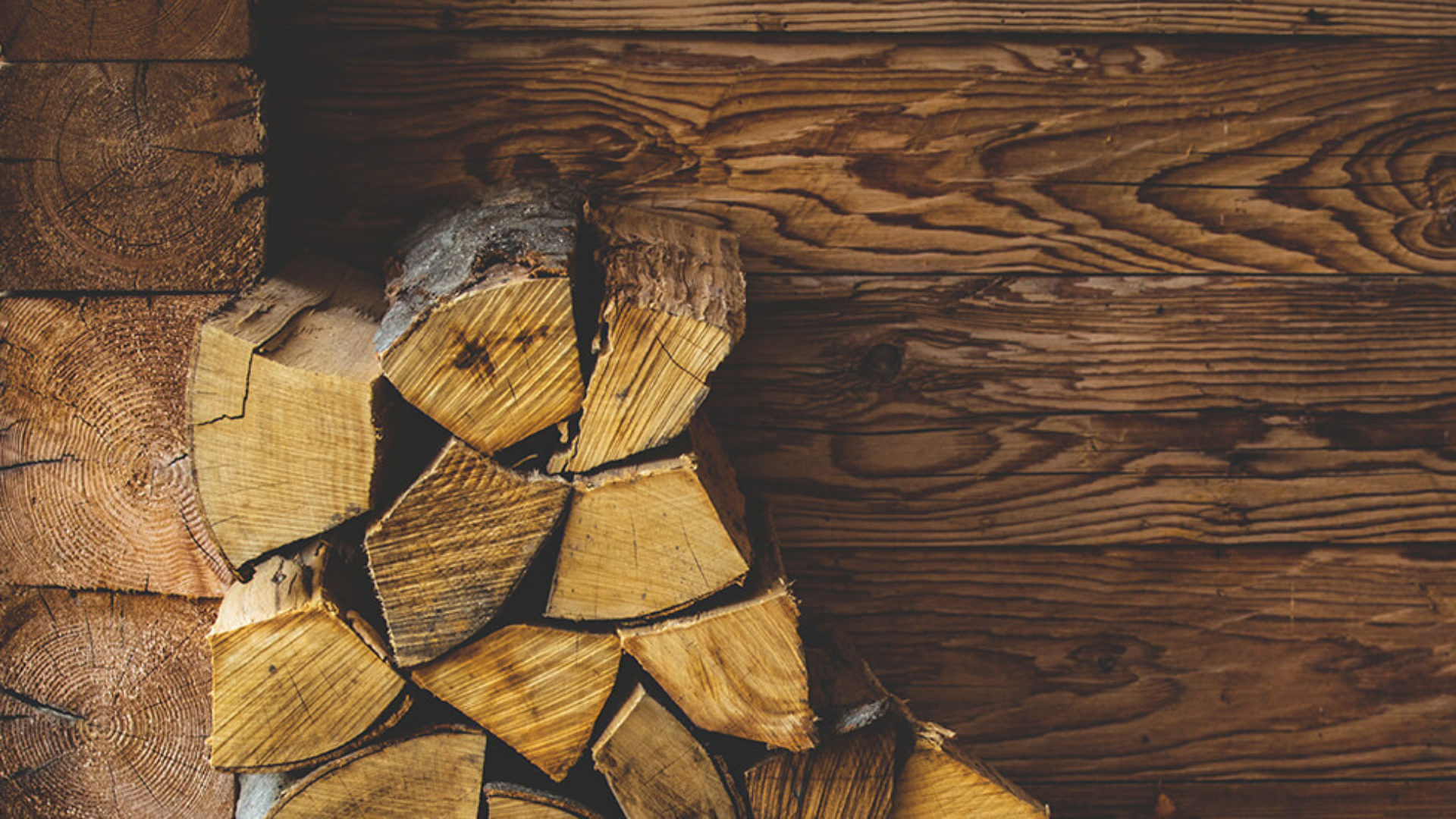The first aid for saving a people who get electric shock is to sperate him/her from the current source with an insulator such as wooden stool or plastic stick.
But we also know when there is a lighting & thunder strike, we should get away from the trees.
That’s no strange that many people will get confused, how come the wood is a conductor and an insulator both when it comes to electricity?
So, the question is:
Does wood conduct electricity?
Is wood a conductor?
The short answer is No, but under certain conditions, wood can also conduct electricity.
For example, some composite wood might contain substances that can conduct electricity.
Normally we define something through which electrons can be transferred easily as a conductor.
Meanwhile, we say something is an insulator because current can not flow through it.
So, to decide if a material is a conductor or not, it all depends on if the current can pass through it easily.
To make it more clear, there is a table of electrical conductivity and resistivity of various common materials.
| Material | ρ (Ω•m) at 20 °C Resistivity | σ (S/m) at 20 °C Conductivity |
| Silver | 1.59×10−8 | 6.30×107 |
| Copper | 1.68×10−8 | 5.96×107 |
| Iron | 1.0×10−7 | 1.00×107 |
| Platinum | 1.06×10−7 | 9.43×106 |
| Tin | 1.09×10−7 | 9.17×106 |
| Carbon steel | (1010) | 1.43×10−7 |
| Drinking water | 2×101 to 2×103 | 5×10−4 to 5×10−2 |
| Silicon | 6.40×102 | 1.56×10−3 |
| Wood (damp) | 1×103 to 4 | 10−4 to 10-3 |
| Hard rubber | 1×1013 | 10−14 |
| Wood (oven dry) | 1×1014 to 16 | 10−16 to 10-14 |
| PET | 10×1020 | 10−21 |
| Teflon | 10×1022 to 10×1024 | 10−25 to 10−23 |
For more material’s conductivity and resistivity, please see them here.
We usually use the symbol σ(Sigma) as the unit of electrical conductivity, which stands for Siemens per meter (S/m)
As we can see, the regular conductor like copper whose electrical conductivity is quite high (5.96×107σ), that is why it is a perfect material for electronic wire and cables.
And we will also find the electrical conductivity of dry wood is 10−16 to 10-14σ at 20 °C.
In terms of electrical conductivity, But what is the line between conductor and insulator?
A good insulator’s electricity resistivity is 1016Ω·m, the electrical conductivity would be 10−16Ω·m.
When we say insulators in real life, it’s not strictly saying that it conducts 100% no electricity. A very tiny amount of current will still pass through because of the environment that we are living in.
For insulators in scientific level, you probably want to know something called superinsulator.
But in most of the practical cases, a dry wood stick is an insulator and will not conduct electricity effectively.
When will wood conduct electricity?
Usually, a dry wood would not conduct enough current to let us get an electric shock.
However, that would be a different story if some factors change.
1. Length
Usually, the longer the object is, the ability of electrical conductivity is weaker.
That is why in hi-end headphone industry, there is a ‘shorter is better’ rule for cables.
2. Thickness
Besides length, a thick conductor will usually work better than a thin one.
3. Temperature
Different conductors and insulator’s conductivity may change as the temperature increases and decreases.
4. Moist
The moisture will affect the conductivity.
We don’t stand under a tree when there is a lightning strike because the wet lumber and the sap and water content inside makes the wood a great conductor of electricity.
5. Special Finishes or Decoration
As shown in the chart above, if there is a special material like platinum or gold finish on the wood, the wood can also be a conductor for sure.
6. Current Frequency
If the current frequency or the voltage is too high, even glass will be a conductor.
You can see the video below to see how a wooden stick conducts electricity.

